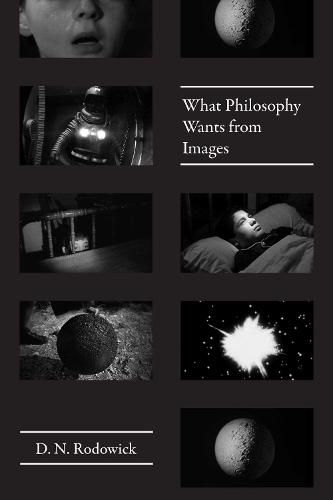Readings Newsletter
Become a Readings Member to make your shopping experience even easier.
Sign in or sign up for free!
You’re not far away from qualifying for FREE standard shipping within Australia
You’ve qualified for FREE standard shipping within Australia
The cart is loading…






In recent decades, contemporary art has displayed an ever increasing and complicated fascination with the cinema-or, perhaps more accurately, as D. N. Rodowick shows, a certain memory of cinema. Contemporary works of film, video, and moving image installation mine a vast and virtual archive of cultural experience through elliptical and discontinuous fragments of remembered images, even as the lived experience of film and photography recedes into the past, supplanted by the digital.
Rodowick here explores work by artists such as Ken Jacobs, Ernie Gehr, Victor Burgin, Harun Farocki, and others-artists who are creating forms that express a new historical consciousness of images. These forms acknowledge a complex relationship to the disappearing past even as they point toward new media that will challenge viewers’ confidence in what the images they see are or are becoming. What philosophy wants from images, Rodowick shows, is to renew itself conceptually through deep engagement with new forms of aesthetic experience.
$9.00 standard shipping within Australia
FREE standard shipping within Australia for orders over $100.00
Express & International shipping calculated at checkout
In recent decades, contemporary art has displayed an ever increasing and complicated fascination with the cinema-or, perhaps more accurately, as D. N. Rodowick shows, a certain memory of cinema. Contemporary works of film, video, and moving image installation mine a vast and virtual archive of cultural experience through elliptical and discontinuous fragments of remembered images, even as the lived experience of film and photography recedes into the past, supplanted by the digital.
Rodowick here explores work by artists such as Ken Jacobs, Ernie Gehr, Victor Burgin, Harun Farocki, and others-artists who are creating forms that express a new historical consciousness of images. These forms acknowledge a complex relationship to the disappearing past even as they point toward new media that will challenge viewers’ confidence in what the images they see are or are becoming. What philosophy wants from images, Rodowick shows, is to renew itself conceptually through deep engagement with new forms of aesthetic experience.